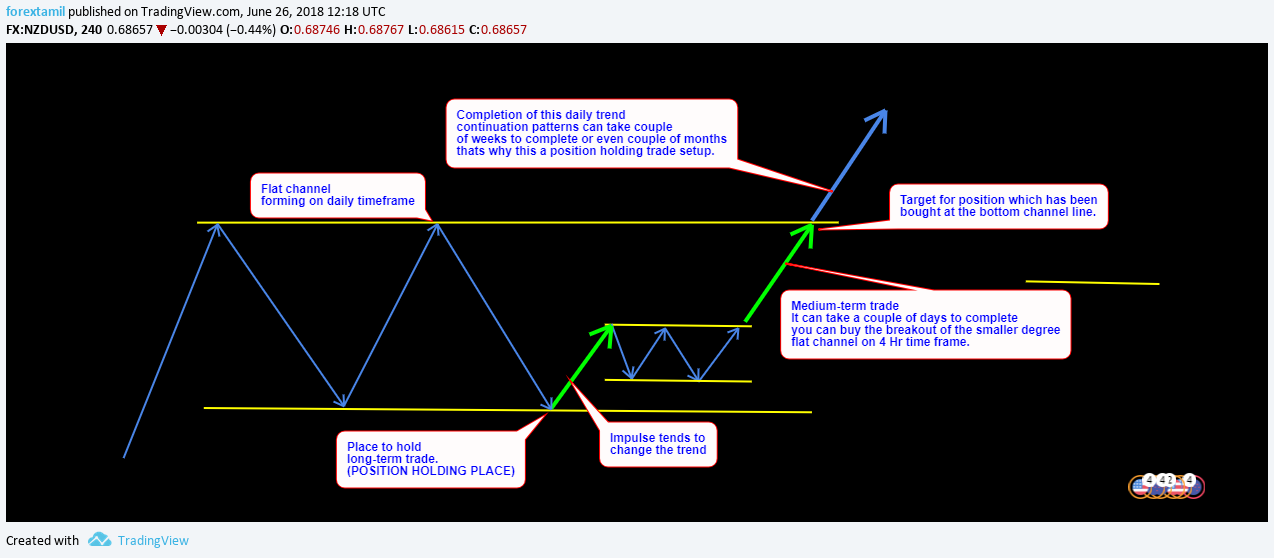
There are many great, affordable stocks today. Advanced Micro Devices, Inc., which is commonly associated with the recent tech-industry sell-off, actually belongs in a growing field. The company is a great investment opportunity with a long runway but it isn't popular among short-term-oriented analysts. AMD: Why should you buy it? Let's take a look at the top reasons to buy AMD.
Value stocks can offer long-term upside
Skechers can be your best choice for value stocks that have long-term upside. Skechers has an international sales growth rate of 13% and strong operating results over the next few years. Children's wear is one of the most profitable categories of consumer goods, and its shares trade at a low forward P/E ratio. Investors should take note of the fact that the company continues to develop new products and comfort technologies. The company predicts a record-breaking 2022 year.

They are less expensive based on valuation metrics
The most affordable stocks in the US tend to be more expensive than those that are more costly, with a wide spread between them. But the spread is not as wide today as it was during 2000/2008's mania. Even though US stocks are still very cheap, international stocks are more affordable. While US stocks were historically cheaper than international stocks, the mania periods have been much shorter. In 2000/2008, the most expensive stocks became wildly overvalued, but soon returned to reasonable levels.
These are very popular with older investors
Companies with strong growth and a proven track record should be considered if you are searching for affordable stocks. These companies offer high yields and are very popular among older investors. You can also buy shares in companies that have a history of producing cash from dividends such as Home Depot, Revolve Group and Microsoft. Each of these three companies has experienced an increase of over 20 percent in the last year.
They pay dividends
Dividends could be a good option if you are looking for a steady income with capital accumulation. You will receive a consistent income stream and they compound over time. This is the best reason to invest in dividend stocks. Dividend aristocrats' dividends can reach thousands of dollars. Dividend aristocrats increase their dividends every year for over 25 years. Investing in dividend aristocrats such as these can be a good strategy if you're aiming to retire wealthy.

They are on the rise
Consider Airbnb if you are looking for a stock that is high in growth and low in volatility. Its digital platform connects hosts with guests. Its rapid growth is changing the industry of travel. And even though the company just recently began reporting earnings, the company's growth is already increasing. Now is the best time to invest in Airbnb.
FAQ
Do I really need an IRA
A retirement account called an Individual Retirement Account (IRA), allows you to save taxes.
You can contribute after-tax dollars to IRAs, which allows you to build wealth quicker. You also get tax breaks for any money you withdraw after you have made it.
For those working for small businesses or self-employed, IRAs can be especially useful.
Many employers also offer matching contributions for their employees. If your employer matches your contributions, you will save twice as much!
Which type of investment vehicle should you use?
Two main options are available for investing: bonds and stocks.
Stocks are ownership rights in companies. They offer higher returns than bonds, which pay out interest monthly rather than annually.
You should focus on stocks if you want to quickly increase your wealth.
Bonds offer lower yields, but are safer investments.
Keep in mind that there are other types of investments besides these two.
These include real estate, precious metals and art, as well as collectibles and private businesses.
Is it really worth investing in gold?
Since ancient times gold has been in existence. It has maintained its value throughout history.
Like all commodities, the price of gold fluctuates over time. If the price increases, you will earn a profit. When the price falls, you will suffer a loss.
It all boils down to timing, no matter how you decide whether or not to invest.
How do I know if I'm ready to retire?
First, think about when you'd like to retire.
Do you have a goal age?
Or, would you prefer to live your life to the fullest?
Once you have determined a date for your target, you need to figure out how much money will be needed to live comfortably.
Then you need to determine how much income you need to support yourself through retirement.
Finally, you need to calculate how long you have before you run out of money.
Statistics
- An important note to remember is that a bond may only net you a 3% return on your money over multiple years. (ruleoneinvesting.com)
- As a general rule of thumb, you want to aim to invest a total of 10% to 15% of your income each year for retirement — your employer match counts toward that goal. (nerdwallet.com)
- According to the Federal Reserve of St. Louis, only about half of millennials (those born from 1981-1996) are invested in the stock market. (schwab.com)
- If your stock drops 10% below its purchase price, you have the opportunity to sell that stock to someone else and still retain 90% of your risk capital. (investopedia.com)
External Links
How To
How to invest in stocks
One of the most popular methods to make money is investing. It is also considered one of the best ways to make passive income without working too hard. There are many options available if you have the capital to start investing. All you need to do is know where and what to look for. The following article will explain how to get started in investing in stocks.
Stocks are shares that represent ownership of companies. There are two types, common stocks and preferable stocks. Common stocks are traded publicly, while preferred stocks are privately held. Public shares trade on the stock market. They are priced based on current earnings, assets, and the future prospects of the company. Stocks are bought by investors to make profits. This process is known as speculation.
There are three main steps involved in buying stocks. First, decide whether you want individual stocks to be bought or mutual funds. Next, decide on the type of investment vehicle. Third, you should decide how much money is needed.
Choose whether to buy individual stock or mutual funds
For those just starting out, mutual funds are a good option. These mutual funds are professionally managed portfolios that include several stocks. Consider the level of risk that you are willing to accept when investing in mutual funds. Certain mutual funds are more risky than others. You might be better off investing your money in low-risk funds if you're new to the market.
You should do your research about the companies you wish to invest in, if you prefer to do so individually. Before buying any stock, check if the price has increased recently. Do not buy stock at lower prices only to see its price rise.
Choose your investment vehicle
After you have decided on whether you want to invest in individual stocks or mutual funds you will need to choose an investment vehicle. An investment vehicle is just another way to manage your money. You can put your money into a bank to receive monthly interest. You could also create a brokerage account that allows you to sell individual stocks.
You can also create a self-directed IRA, which allows direct investment in stocks. You can also contribute as much or less than you would with a 401(k).
Your needs will determine the type of investment vehicle you choose. Do you want to diversify your portfolio, or would you like to concentrate on a few specific stocks? Are you looking for stability or growth? How comfortable are you with managing your own finances?
The IRS requires that all investors have access to information about their accounts. To learn more about this requirement, visit www.irs.gov/investor/pubs/instructionsforindividualinvestors/index.html#id235800.
Determine How Much Money Should Be Invested
It is important to decide what percentage of your income to invest before you start investing. You can save as little as 5% or as much of your total income as you like. You can choose the amount that you set aside based on your goals.
If you are just starting to save for retirement, it may be uncomfortable to invest too much. If you plan to retire in five years, 50 percent of your income could be committed to investments.
You need to keep in mind that your return on investment will be affected by how much money you invest. So, before deciding what percentage of your income to devote to investments, think carefully about your long-term financial plans.